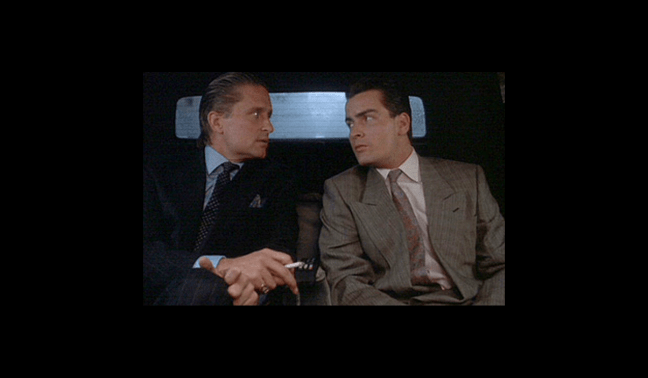Back in June I thought Dick Smith was a Dead Brand Walking, given the cruel suffering and ineptitude that is a visit to one of their stores, but since then I’ve had a number of opportunities to eat my words. The Business press is crammed with Hero worship for the genius of Anchorage Capital, the Private Equity firm and majority owner of the once iconic retail brand, also for Nick Abboud, the no-doubt brilliant retail CEO.
But I’m not convinced that the PE miracle is anything more than a slick PR mirage engineered to rake in a massive return for Anchorage Capital on the back of their very own ABM (this Alan Bond Moment came at the expense of Woolworths’ Shareholders).
Cut through the awesome David Jones deal, and the fashion tech store concept Move, and you’re left with the same old same old at the vast majority of Dick Smith stores, maligned staff all too few in number servicing a similarly slight customer base. Even if Dick Smith managed to look just like JB HiFi, which it won’t, it still won’t BE JB HiFi and it will lose all the same.
It’s said that growing a business means doing what you do so well that the Market DEMANDS that you get bigger, you get bigger only by being better. Doing deals and launching concept stores helps to create a perception of doing better, but the P&L is geared around the 300+ unprofitable stores that look just like they did when Woollies owned them, setting out a blueprint for a rocky ride on the ASX if they can get it there.
No, I suspect the miracle turnaround begins and ends when Anchorage offloads its investment in Dick Smith in record time to Retail Investors through a listing, or to the management team beforehand, and for as much as 20x the $20m they paid Woollies!
Maybe Anchorage’s ABM is more of a GGM for the Dick Smith team?




